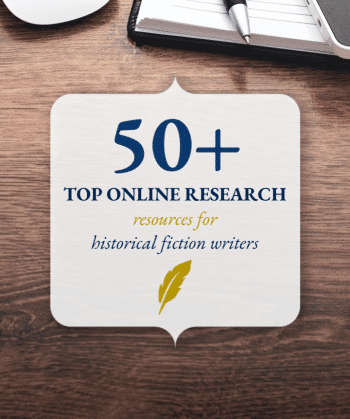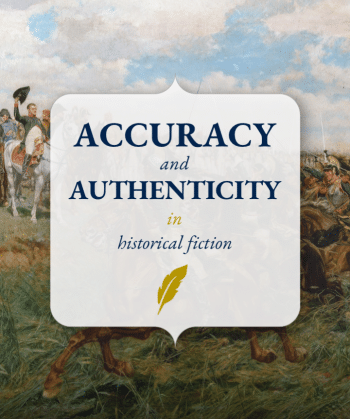Specificity in writing is about using precise, sharply defined words that convey your unique story. It is particularly useful in historical fiction because being specific, rather than general, conjures vivid settings and character, with economy of words. Here is an example:
General: A woman walked into a room.
Specific: The Rani strode into her harem.
Each sentence has the same number of words. The first is a vague woman, in a vague place. The second tells us who the woman is, her gait hints at her mood, and we know she is entering the confines of women’s quarters – but HER women’s quarters.
This is the power of specificity. So, how to use it? Here are three tips to get to the right specifics.
1. Who, what, why, where, when, how?
Drill down to your specific details by using the questions who, what, why, where, when, and how.
Take an example of a man. Who is he? He may be a peasant. But search for even more precision: a peasant may be a ploughman, shepherd, swineherd, woodcutter.
What is he doing? If he’s a shepherd, is he feeding, watering, lambing, shearing, or counting his sheep?
When is he doing it? If he’s lambing, it’s springtime. If he’s counting, is he counting sheep into shelter for the night?
Why is he shepherding? Have circumstances forced him unwillingly into the job, or is shepherding the pinnacle of his ambition?
Where is he? Is he alone in a mountain bothy, supervising the summer grazing? Or does he have a lush in-bye for his sheep, close to his home?
How does he do it? Expertly? Awkwardly? Cheerfully? Grudgingly?
You needn’t tell readers all the answers. But considering them enables you to craft a sentence in which that man comes alive.
Imagine: your protagonist, Fred Bloggs, is investigating a crime. He sees a man in a field, who may be a witness.
Fred watches the shepherd grab a ewe, flip her onto her back, and run his hands over her legs. “Clean feet,” he greets Fred. “Clean feet keep ‘em right.”
Now, instead of a vague man in a field, we have a snapshot to remember him by.
Women are active too. It’s a myth that women didn’t work until they went out to factories and offices. Lower class women laboured in fields, diaries, storehouses and weaving sheds, on market stalls and even in mines.
Aristocratic women’s work lies in facilitating the relationships that broker power. Considering our Rani again; once inside her harem, what will she do? Perhaps she dictates a letter? Gifts jewels to a girl whose family she needs to cultivate? Takes a report from one of her spies?
Who, what, why, where, when, how? Use these to discover your specific characters and the activities that define them.
50+ top online research resources for historical fiction writers

2. Specificity means detail – but not every detail
Using specific detail does NOT mean overwhelming readers with a tsunami of information. Don’t tell them every detail, but choose a single one that tells readers what they need to know.
To select the right detail, consider what you want to tell. Perhaps your plot needs readers to understand there are no flush toilets in your historical setting. You can’t break into an exposition on the history of plumbing, because your characters think nothing of the absence of flush toilets: it’s normal for them. So you must find a reason for them to notice their everyday task of dealing with waste.
Maybe someone tips the night bucket out of the window, not realising the master is exiting the door below. As stinking piss cascades onto his bald pate, your character knows she is in trouble. This micro-drama tells us all about the lack of plumbing.
Once you have decided upon the moment you are going to show, think about the words you use. Make them work hard: rather than walk, let characters march, shuffle, glide, or limp.
Consider sensory details. Film makers have only sight and sound. Novelists can add smell, taste and feel to bring worlds to life.
Again, choose the detail that tells readers what they need to know. Maybe your character has suffered an arduous journey, and now shelters in a medieval cottage? A modern person might notice chilly drafts and the reek of the cow byre at the other end of the room. But your CHARACTER feels it as a welcome haven.
How does she experience that relief? The glow of the fire? The pittter-patter of rain dripping from the thatch, rather than down her neck? The savour of a ham simmering on the hearth? Crisp, nutty oatcakes assuaging her grumbling stomach? Soft, fluffy woollen blankets?
Choose one detail, and see her revel in it.
Select your specifics carefully. Choose the one that shows character, setting, mood – and prepares your readers for what is to come.
Accuracy and authenticity in historical fiction

3. Finding your specifics in historical fiction
Sometimes, it’s a struggle to find the right specific. It depends on how your character feels. But history doesn’t always tell us how people in the past expressed their emotion: many people in the past were constrained by their role in life.
It might be easier first to imagine what your character might do if they were a modern person. For example, if they’d had a hard day, they might arrive home, fling themselves onto the sofa, eat a whole tub of chocolate ice-cream, and binge on TV box sets.
But in history, there’s no TV, no freezer full of ice cream.
So, translate that action to your historical setting. What does overindulgence look like in your historical world? Is it breaking into the pantry and stealing the sugar ration? Or raiding the grubenhaus to gobble the last of the cheese during Lent? Maybe it’s sneaking into the temple to glug wine reserved for the gods?
Whatever it is, use this detail to convey your character’s personality, mood, and the historical setting.
Helen Johnson is a guest contributor to The History Quill. She has spent a quarter of a century writing about Yorkshire’s people, places, culture and heritage. What she learned inspired her to bring Yorkshire’s past to life through historical fiction. She is currently working on a novel set during William the Conqueror’s genocide. Helen also publishes articles, reviews and short stories. She is a beta reader for The History Quill, a reviewer for the Historical Novel Society, and leads workshops for Promoting Yorkshire Authors. Visit Helen’s website for more information.
Do you write historical fiction?
Join our email list for regular writing tips, resources, and promotions.

